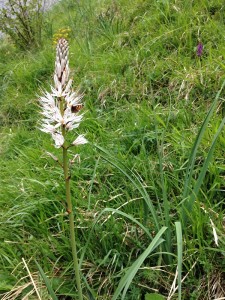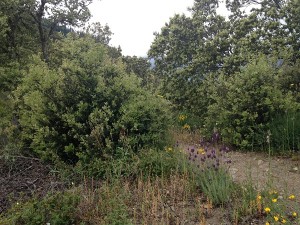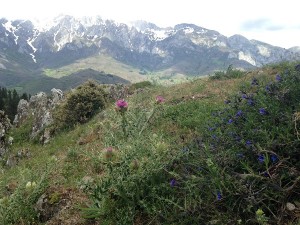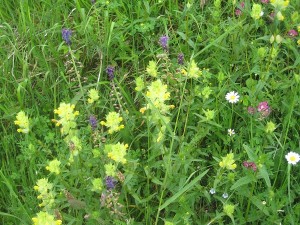Last week whilst the UK has basked in a mini heatwave, I was walking in the Picos de Europa (northern Spain) enjoying the wild flowers of alpine meadows. The mountain weather was much cooler than here and trees were only just coming into leaf. One high altitude walk was curtailed by snow and cloud and our alternative lower altitude walk was through a hail storm. However I spotted wild Narcissus, notably the tiny Narcissus asturiensis (the size of a Euro coin), a lone Narcissus bulbocodium, lots of Narcissus triandrus and on the last day, high up valleys of Narcissus pseudonarcissus.
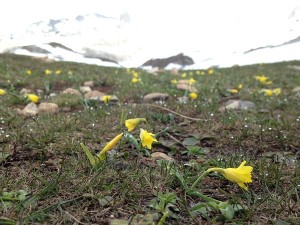
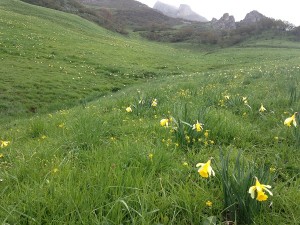
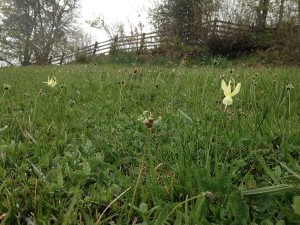
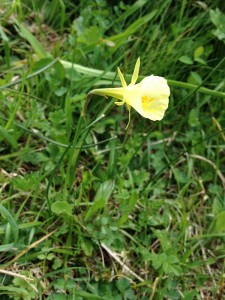
Walking through the countryside allows you to discover so much more than driving past and looking out of the car window. Even when walking I didn’t at first notice the tiny Narcissus asturiensis and I would have certainly missed the Lathyrea clandestina lurking in the grass.
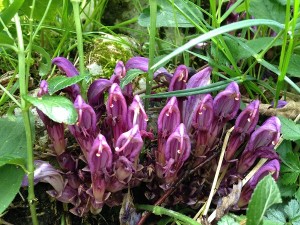
Other highlights / new plants for me were the lovely pink butterfly orchid (Orchis papilionacea) and an unsual Heart-flowered Serapias (Serapias cordigera). In woodland I came across Erythronium dens-canis and Scilla lilio-hyacinthoides.
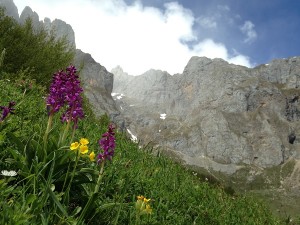
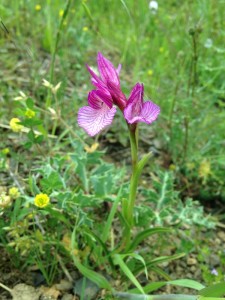
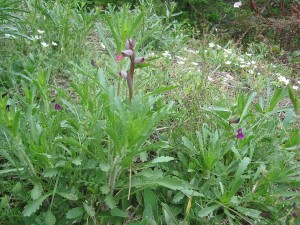
Lithospermum diffusum grows almost everywhere on exposed free draining rocky land whilst Primula veris, ( looks quite different from our cowslip with a much more open flower) and Asphodelus albus grow widely in meadows and woodland edges. Hepatica nobilis carpets woodlands and I found the tiny Narcisssus asturiensis both on thin soil at 1800m altitude and in high up woodland only recently free from snow.
Close to Potes, we climbed a very steep 700m up through Mediterranean scrub over acid shales dominated by evergreen oak, juniper, turpentine tree (Syncarpia glomulifera), Rhamnus alaternus, Lavandula stoechas and white rock rose (Cistus psilosepalus). A mountain holiday is a fine way to learn about the native habitats of our garden plants.
I love walking in the mountains as you see so many plants that we grow in our gardens, it reminds me of the 19th century plant collectors and the task they set themselves of getting what they thought were interesting plants, safely back to the UK down difficult rocky paths with mules and then all the way up through Europe and across the Channel.
